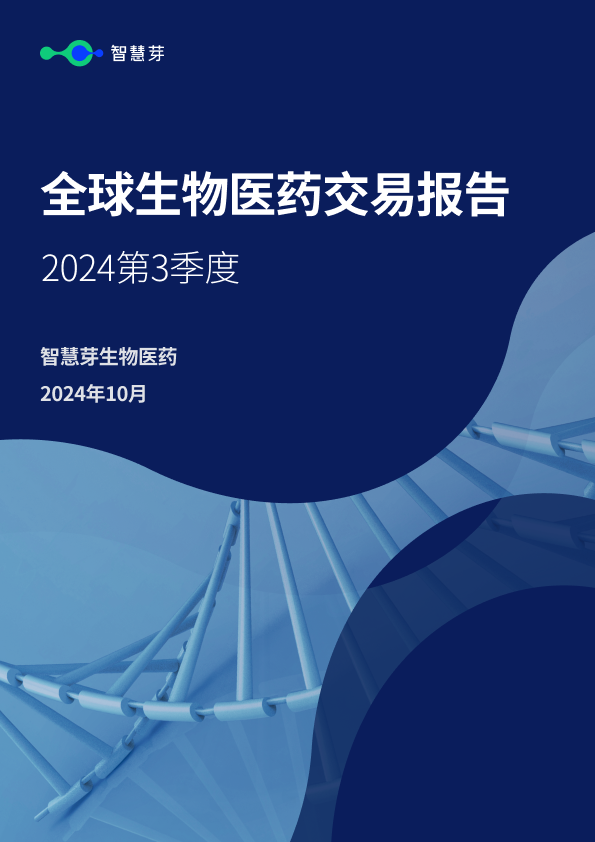Novel microscope developed to design better high-performance batteries
2023-02-09
A research team has developed an operando reflection interference microscope (RIM) that provides a better understanding of how batteries work, which has significant implications for the next generation of batteries.
Lithium-ion batteries have transformed everyday lives -- almost everyone has a smartphone, more electric vehicles can be spotted on the roads, and they keep power generators going during emergencies. As more portable electronic devices, electric vehicles and large-scale grid implementations come online, the demand for higher energy density batteries that are safe and affordable continues to grow.
Now, a University of Houston research team, in collaboration with researchers from the Pacific Northwest National Laboratory and the U.S. Army Research Laboratory, has developed an operando reflection interference microscope (RIM) that provides a better understanding of how batteries work, which has significant implications for the next generation of batteries.
"We have achieved real-time visualization of solid electrolyte interphase (SEI) dynamics for the first time," said Xiaonan Shan, assistant professor of electrical and computer engineering at UH's Cullen College of Engineering and corresponding author of a study published in the journal Nature Nanotechnology. "This provides key insight into the rational design of interphases, a battery component that has been the least understood and most challenging barrier to developing electrolytes for future batteries."
The highly sensitive microscope allows researchers to study the SEI layer, which is an extremely thin and fragile layer on the battery electrode surface that determines battery performance. Its chemical composition and morphology are continuously changing -- making it a challenge to study.
"A dynamic, non-invasive and high sensitivity operando imaging tool is required to understand the formation and evolution of SEI. Such a technique capable of direct probing SEI has been rare and highly desirable," said Yan Yao, the Hugh Roy and Lillie Cranz Cullen Distinguished Professor of electrical and computer engineering and a co-corresponding author who has worked with Shan on this project for the last four years.
"We have now demonstrated that RIM is the first of its kind to provide critical insight into the working mechanism of the SEI layer and help design better high-performance batteries," said Yao, who is also the principal investigator of the Texas Center for Superconductivity at the University of Houston.
How it works
The research team applied the principle of interference reflection microscopy in the project, where the light beam -- centering at 600 nanometers with spectrum width of about 10 nanometers -- was directed towards the electrodes and SEI layers and reflected. The collected optical intensity contains interference signals between different layers, carrying important information about the evolution process of SEI and allowing the researchers to observe the entire reaction process.
"The RIM is very sensitive to surface variations, which enables us to monitor the same location with large-scale high spatial and temporal resolution," said UH graduate student Guangxia Feng, who performed much of the experimental work on the project.
The researchers note that most battery researchers currently use cryo-electron microscopes, which only take one picture at a certain time and cannot continuously track the changes at the same location.
"I wanted to approach energy research from a different angle by adapting and developing new characterization and imaging methods which provide new information to understand the reaction mechanism in energy conversion processes," said Shan, who specializes in developing imaging techniques and spectrometry techniques to study electrochemical reactions in energy storage and conversions. This new imaging technique could also be applied to other state-of-the-art energy storage systems.
Feng, who earned a Ph.D. in electrical engineering from UH in 2022, plans to pursue further research in the growing field of battery technology.
"To realize the next generation of batteries, it is essential to understand the reaction mechanisms and novel materials," she said, adding that developing higher energy batteries also benefits the environment. "I have always wanted to be a scientist because they can make great things happen for people and change the world for the better."
Wu Xu from Pacific Northwest National Lab, an expert in the electrolyte designs, helped with the project design and provided critical insight on the electrolyte to use. Kang Xu, an expert in the SEI research at the Army Research Lab, provided significant insights to help understand the phenomenon observed. Both are co-corresponding authors for the paper.
Feng and another UH engineering student Yaping Shi, along with Hao Jia from PNNL, are the lead authors of the study. Other contributors are Xu Yan, Yanliang Liang, Chaojie Yang and Ye Zhang from UH; Mark Engelhard at PNNL.
更多内容,请访问原始网站
文中所述内容并不反映新药情报库及其所属公司任何意见及观点,如有版权侵扰或错误之处,请及时联系我们,我们会在24小时内配合处理。
适应症
-靶点
-药物
-来和芽仔聊天吧
立即开始免费试用!
智慧芽新药情报库是智慧芽专为生命科学人士构建的基于AI的创新药情报平台,助您全方位提升您的研发与决策效率。
立即开始数据试用!
智慧芽新药库数据也通过智慧芽数据服务平台,以API或者数据包形式对外开放,助您更加充分利用智慧芽新药情报信息。




